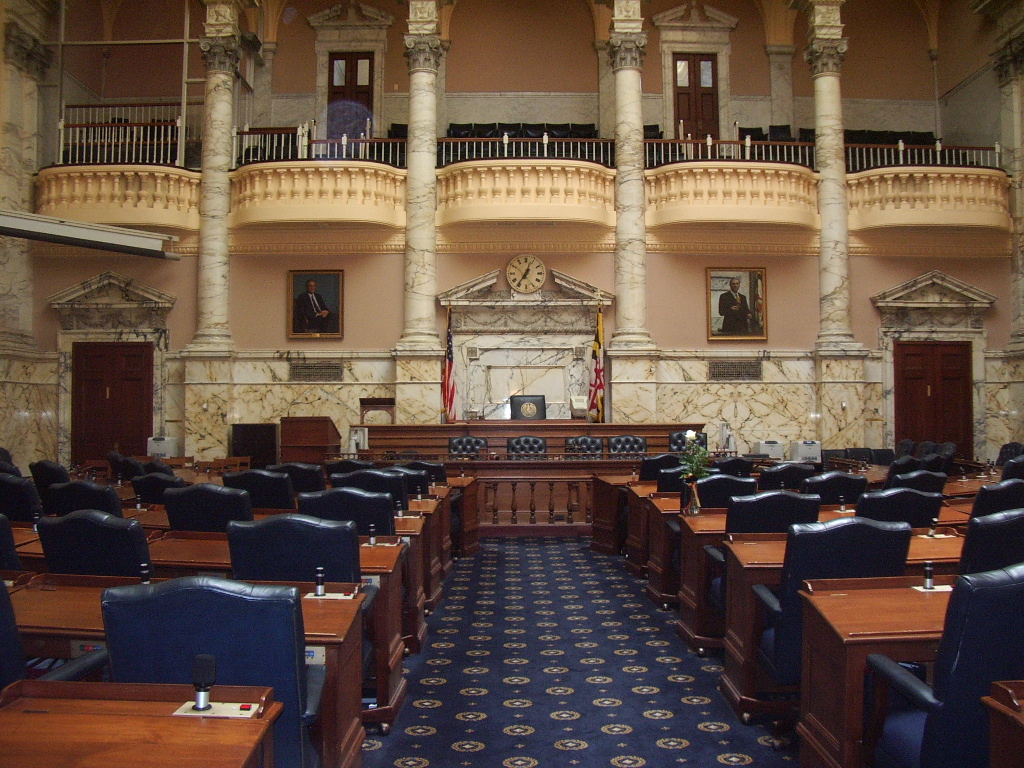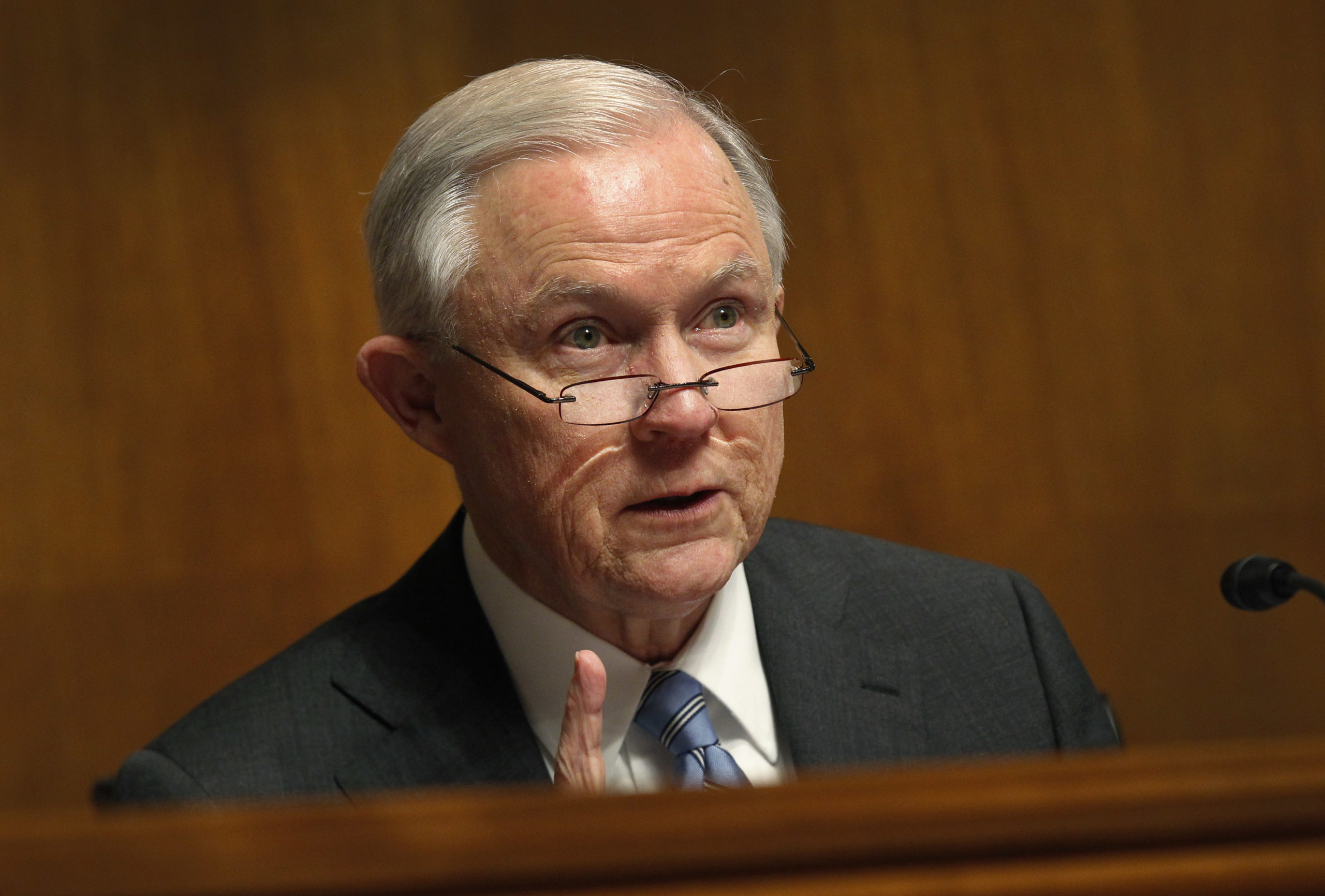Abortion rights, women of color, and LGBTQIA+ people are under attack. Pledge to join us in fighting for gender justice.
What the Supreme Court Sports Ban Cases Could Mean for Trans Students and Gender Justice

Early next year, the Supreme Court is set to hear arguments in two cases about transgender students participating in school sports. Depending on what the Court decides, students of all genders across the country could lose the opportunity to participate in school sports, and the decisions could also narrow legal protections against sex discrimination more broadly, undermining federal protections enshrined in Title IX. These cases are part of a wide-ranging effort by the Trump administration and extreme politicians across the country to erode longstanding civil rights protections that ensure all students can learn in an environment free from sex stereotypes and mandated gender conformity.
The first case—West Virginia v. BPJ—began with a 12-year-old girl challenging West Virginia’s sports ban because she wasn’t allowed to run on her school’s girls’ track and field team since she is transgender. The second case—Little v. Hecox—involved two college athletes who challenged Idaho’s sports ban that explicitly allowed anyone to “dispute” the sex of a student athlete participating in women and girls’ sports. In both cases, the lower courts at the Fourth and Ninth Circuits respectively found in favor of the student athletes who objected to discriminatory state laws that excluded girls and women from participation simply because of their gender identity.
While we know these state bans are unconstitutional, violating both the Equal Protection Clause of the Fourteenth Amendment as well as the federal law known as Title IX, the Supreme Court will still hear these cases. The outcome will likely have significant implications across the country—28 states have adopted bans on transgender students’ participation in school sports since 2020. Over the past year, the Trump administration has also inappropriately threatened to withhold federal funding from states with transgender-inclusive school sports policies—including Maine, California, and Minnesota—as part of a pressure campaign to exclude transgender students from meets and competitions.
The National Women’s Law Center partnered with Democracy Forward and Title IX scholar Professor Deborah Brake to submit an amicus brief that highlighted how Title IX—a federal law passed in 1972 that prohibits sex discrimination in educational programs and activities—was drafted in order to expand opportunities for all students, instead of shutting students out of activities based on outdated, harmful stereotypes about our genders and bodies. For generations, femininity was wrongly equated with being smaller, weaker, and less competitive—all generalizations that are not true—and today, those exact same stereotypes are being recycled to justify excluding trans girls and women from sports.
Cisgender women and girls are also being harmed by these sports bans, which have resulted in gender policing, scrutiny, and even harassment of anyone who looks and acts outside the confines of someone else’s idea of femininity. In one instance, just last year, a cisgender girl in high school faced threats and doxxing requiring police protection after a state official questioned her gender in an online post because of her body type. This inappropriate scrutiny of girls’ bodies is only the tip of the iceberg—some state officials are calling for sex screenings of student athletes that could result in women and girls being subjected to physical examinations and even forced genital inspections.
Title IX and legal protections against sex discrimination are meant to put a stop to such hostile environments that subject students to sex-based scrutiny and harassment. Claiming Title IX bans transgender girls from playing on girls’ sports teams—as West Virginia and Idaho now do before the Supreme Court—ignores the very purpose of Title IX: to expand access to education and school sports, especially for students who have been unfairly excluded and marginalized.




